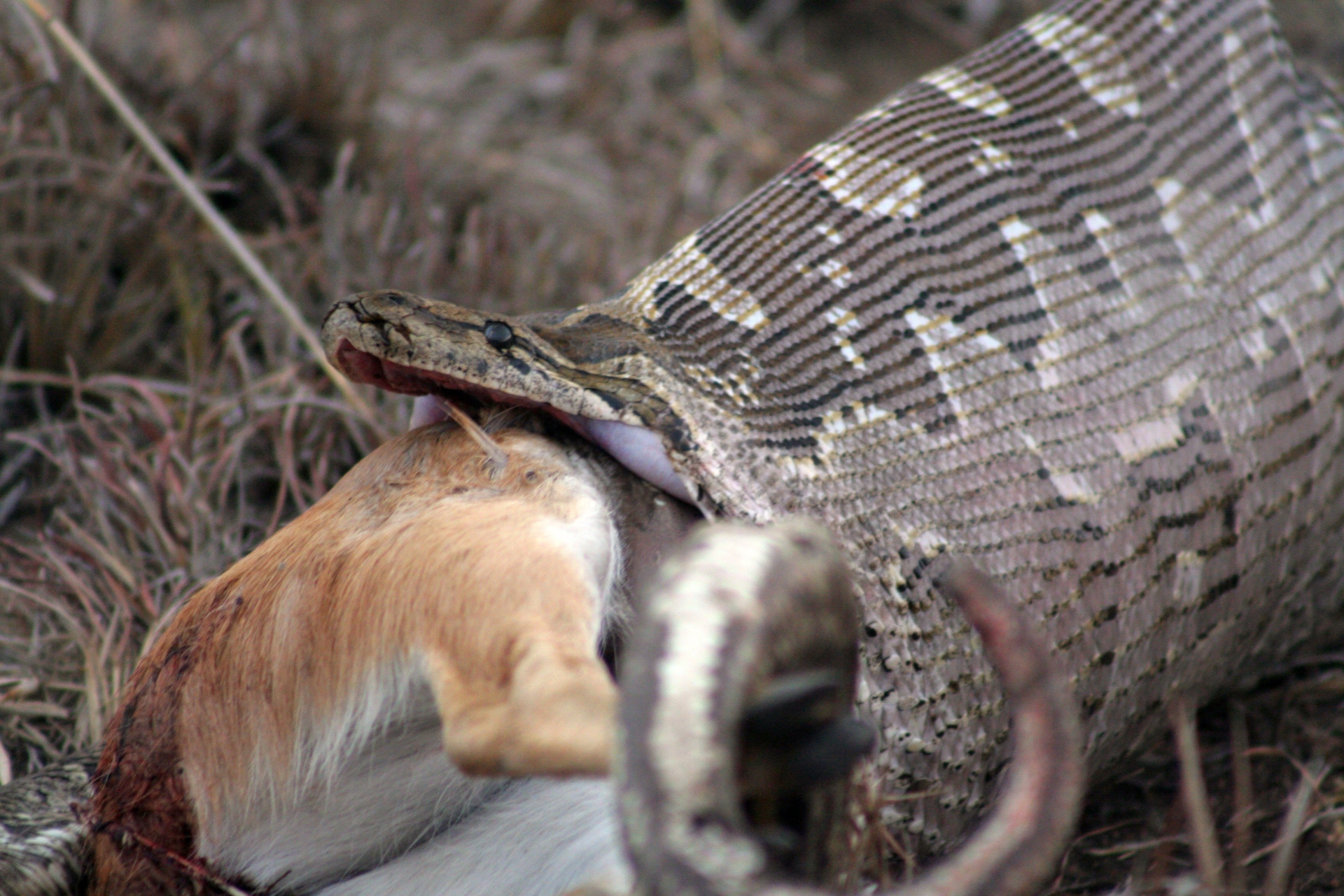Question of the Week: Bird vs Reptile
By uctzcbr, on 8 September 2017
Yesterday, in the Grant Museum, I was asked why reptile and bird eggs are different. I did not know that reptile and bird eggs were different, let alone why. I have now investigated this question and prepared a pretty egg-cellent answer (if I do say so myself).
Bird eggs and reptile eggs are different in a couple of ways (besides the fact that one comes out and contains reptiles and the other birds). They can differ in shape, shell, and colour. These differences are not universal across the classes and science cannot explain why all of the differences have occurred, so this answer isn’t going to be egg-xact but I will try and be as thorough as possible.
So, first, the egg shape. Reptiles have symmetrical eggs where as some birds lay eggs which are, well, egg-shaped: i.e. asymmetrical as they are tapered at one end. A popular explanation for why bird eggs are often this shape is that it prevents them from rolling off of cliffs as they, instead, roll in a circle. However an enormous study conducted at Princeton University has provided data to debunk this theory. The study, which examined almost 50,000 eggs from more than 1,400 species found a correlation between the egg shape and wing shape in bird species. This points to the egg shape to more likely being a product of a bird’s flight adaptation than where they nest. You can read the study here.
The second distinction is in the shell – birds lay eggs with hard shells where as some reptile species lay soft-shelled eggs. Why might be the case? Well, if a mother cannot lay a hard-shelled egg at its full size, it could lay a soft-shelled egg instead allowing the egg to eggspand (not the technical term) after laying. Additionally, a soft shell has the capacity to absorb moisture from the atmosphere and ground. For some reasons, birds have evolved such that their eggs don’t need additional moisture, which is not the case for some species of reptiles. For the opposite reason, some turtle species will lay hard shelled eggs if they also lay their eggs in wet environments as this stops the egg absorbing too much moisture.
Another reason reptiles lay soft-shelled eggs is because of the way they are incubated. Birds will sit on their eggs and use the warmth of their bodies but reptiles tend to utilise the natural heat of vegetation or the earth to incubate their eggs. As reptile eggs don’t have to be strong enough to protect the unborn contents from the full weight of its parent, they can be soft-shelled.
Finally, most reptile eggs are white in colour whereas bird eggs are lots
of different, some would say eggstraordinary, colours. As with the shape, science cannot prove a definitive answer for why this is the case. However, there is a theory which has, in part, been developed by comparing reptile and bird eggs. Bird eggs are often kept in much more conspicuous places than reptile eggs – in open nests as opposed to buried underground or hidden in a crevice. As such, bird eggs can benefit from camouflaging to their surroundings, which would require them to come in a wider variety of colours.
So, there you have it, for the most part, eggs is eggs. However, reptile and bird species have evolved different characteristics specific to their environment. If you have any more questions, come visit the Grant Museum or tweet them at us.
 Close
Close





